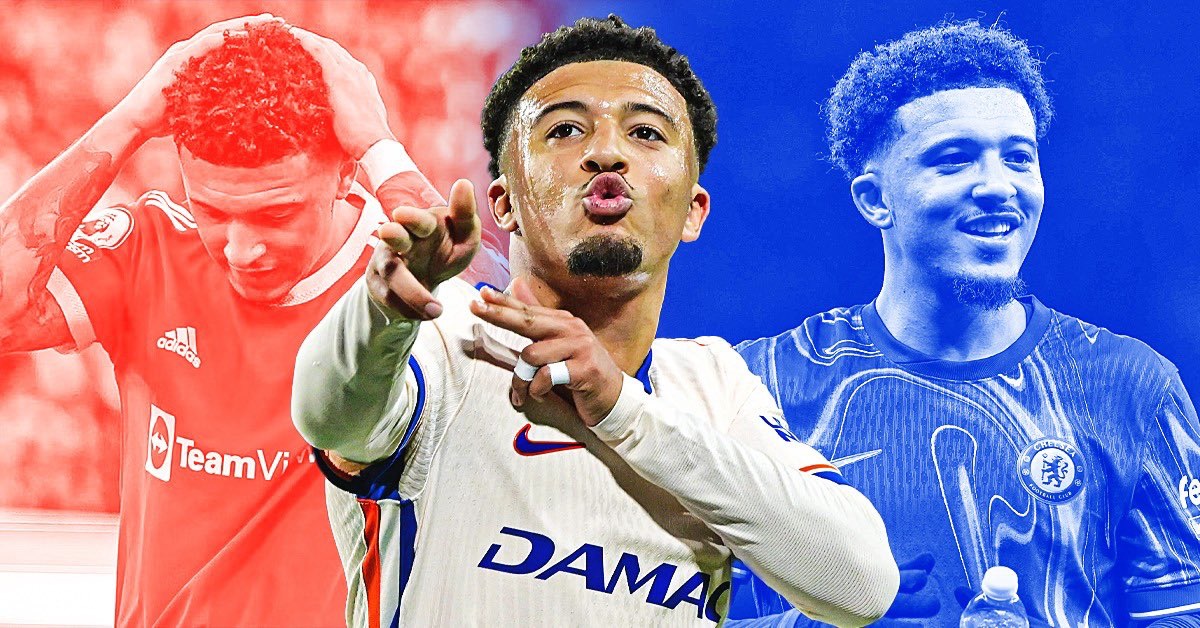
Cardiff City play a standard 4-2-3-1 or a 4-1-4-1 depending on what phase of play you are looking at. They have a back-four consisting of Turner and Caulker in the center. They along with the defensive midfielder are responsible in holding the structure during transitions, unlike top teams where the responsibility lies mainly on the CM’s. The full-backs join in during attacks by providing width and come in narrow when the opposition have the ball.
In midfield we have Medel who is arguably the most important player on the pitch for Cardiff. He is the life-line through whom every part of play goes through. Alongside him we have Gunnarsson, Cardiff’s own Frank Lampard. Makes those trademark late runs , bursts forward during attacks but also defends with discipline. We have Whittingham and Odemwingie on the flanks. Both have the tendency to drift inside and support the strikers and midfielders. They also get back and cover for full-backs during the transition to defense. This helps Cardiff’s structure against team’s that dominate possession.
In the middle we have Kim who combines quite well with Gunnarsson and Mendel. He also drifts wide , on either flanks, which allows Gunnarsson to move into the proverbial #10 zone and assist the striker. On top we have Campbell, who has the ability to drift wide as well, which helps Cardiff a lot as they tend to attack more from the flanks than through the center.
Moving on to transitions. Now before delving into the matter of how Cardiff organize themselves to make sure that the opposition can’t break through their barrier, there is a moment where the ball is being carried from the opposition’s half to Cardiff’s half (noting that the ball isn’t lost in their own half, but is being played after a goal-kick or deep turnover).
During this moment, Cardiff apply a separate philosophy in an attempt to win back the ball quickly. If successful, they transition into attack. If not, they move into their defensive transition. Let’s have a look at this peculiar but effective strategy which is even used by Mourinho himself.

The philosophy of cornering and pressing in phases. These are actually separate philosophies combined into one. The strategy of cornering can also be called as a 100% sure way of forcing your opponents to the flanks to create unforeseeable congestion. Pressing as we all know, is pressurizing the opponent aggressively into giving the ball away. In phases means the moment where the opponent is transitioning into attack and is still vulnerable.
We imagine a scenario where a goal kick is taken. The ball is in our half, with , lets say, Luiz. He is pressurized by Campbell , the striker. He can’t play it to Terry or Cahill cause Kim, the attacking midfielder is close to him. The only clear way to retain possession is to either play it to the flanks, or to the defensive midfielder. 9 times out of 10, the ball is played to the flanks. This is usually down to the lack of confidence the defender has in playing a slightly risky pass to the CDM.
As the ball reaches the flank, we realize that the strategy of cornering is complete. The striker and attacking midfielder pressed high, causing a clearance to the flanks.
The moment the full-back touches the ball. He’s pulled into a black hole or may I say a black triangle formed by the Cardiff full-back, Cardiff winger and one of the Cardiff pivot member. The Chelsea player has only the wide man to give it to, and when you’re being pressed on really high, it gets tough to release the ball. This can happen on either flanks.
There we have the strategy of pressing in phases.
The chances of this being pulled off perfectly are low, especially when facing teams bigger than you. As it’s time limit is very short, if it is pulled out in the right manner , its results can be devastating, especially for Cardiff’s style of play, which we shall find out later.
I have highlighted the read area for simple reason’s that it would be a much better option to play it narrow then quickly switch to the flanks. In doing so, Cardiff don’t have the time to apply their philosophy , and neither do they have the time to organize themselves.
Did Mourinho use this? Yes he did. A perfect example from the Hull game can be found here, where four Chelsea players perform their duties – http://imageshack.com/scaled/large/11/lrih.png

So let’s say Cardiff are not able to retrieve the ball during that time zone. Now they transition fully into a defensive structure having two solid and narrow blocks of four. The only way to go through is either barge into the middle with clever play, or use width.
I cannot stress enough how important width will be in this game. The importance of counter-attacks are also going to be very high.
Cardiff transition to 4-4-1-1, with Campbell awaiting for the ball to be retrieved.

While transitioning into attack, Cardiff switch to a 4-3-3 or a 4-1-4-1. The main role is played by Mendel, who is responsible for holding the structure and opening up passing lanes. Mendel had a 99% pass accuracy against Newcastle, making 69 passes. More than anyone on the field. By switching formations, they give themselves a better chance in creating goal opportunities during their final transitional phase.

This is how Cardiff line up to attack. An average high-line, held together by Mendel. We can see triangles on both the sides, which are held by Kim on the right and Gunnarsson on the left. Do remember that it happens one at a time. If Kim is the one drifting, then Gunnarsson stays center and vice versa.
Cardiff literally struggle creating chances through the center. Be it through balls or individualistic play. They rely on width and crosses to score goals. One of the main reason they’re good at headers is cause of this.
This is why the philosophy of pressing and countering works well for them. They can recover the ball and initiate counter-attacks from the flanks. If Chelsea are to shut down the sides of the pitch and force them narrow, I don’t see Cardiff creating anything. Unless they lob in a cheeky long ball.






